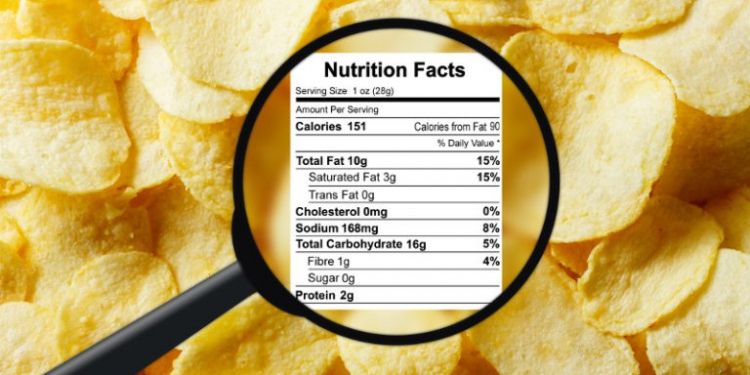Acrylamide continues to be an important issue for health regulatory bodies around the world, with the European Food Safety Agency, Health Canada, Hong Kong, Japan and other countries issuing reports over the last 12-24 months emphasizing ways for food manufacturers to lower the acrylamide content in their products to as low as reasonably achievable (ALARA) levels. Most recently, this past June the FDA issued its voluntary guidelines for U.S.-based manufacturers and the European Union has indicated it will set standards for acrylamide content.
By Steve Campbell
Dietary acrylamide exposure has been a concern since 2002, the year Swedish scientists first discovered the carcinogenic chemical in many commonly consumed foods.
When starchy carbohydrate-based foods like potatoes are heated above 120°C by frying, baking, roasting or toasting, an amino acid they naturally contain, asparagine, reacts with sugars to form acrylamide. Although baker’s yeast (Saccharomyces cerevisiae) has a natural ability to consume asparagine, under most food processing conditions this asparagine consumption is minimal. Therefore, conventional yeast is not effective at mitigating the issue of acrylamide. Instead, by using a classical adaptive evolutionary strategy to select for the yeast’s ability to quickly degrade asparagine in all conditions, Renaissance has developed a non-GMO baker’s yeast strain capable of quickly reducing acrylamide in a wide variety of foods. Since yeast is a traditional food-processing agent that has been used safely for thousands of years, it is a natural fit for those food manufacturers who need to reduce the acrylamide content of their foods. Earlier this year, this acrylamide-reducing (AR) yeast received GRAS status from the US FDA, the same status as traditional baker’s yeast.
Multiple studies from groups around the world confirm that French fries, chips and other fried potato products contain very high levels of acrylamide. Since fried potato products have become increasingly popular, they now represent a significant exposure threat to consumers be cause they can provide 50% or more of the daily dietary acrylamide exposure of adults. In-house laboratory testing by Renaissance shows that its AR yeast is highly effective in significantly reducing the levels of acrylamide in these fried potato products.
For potato fries and chips, for instance, the company tested the ability of a “wash” of AR yeast in water to consume the asparagine on the surface of the potato slices before deep-frying. The test found that a short soak, before the potato pieces are further processed, packaged and frozen, removes approximately 70% of the asparagine.
“We’re confident we’ll be able to collaborate with industry partners to apply our AR yeast to a variety of potato products to deliver significant reductions in acrylamide. This method is robust, consistent and minimally disruptive to both product sensory attributes and current industrial potato processing practices,” said Dr. Matthew Dahabieh, president of Renaissance Ingredients.








